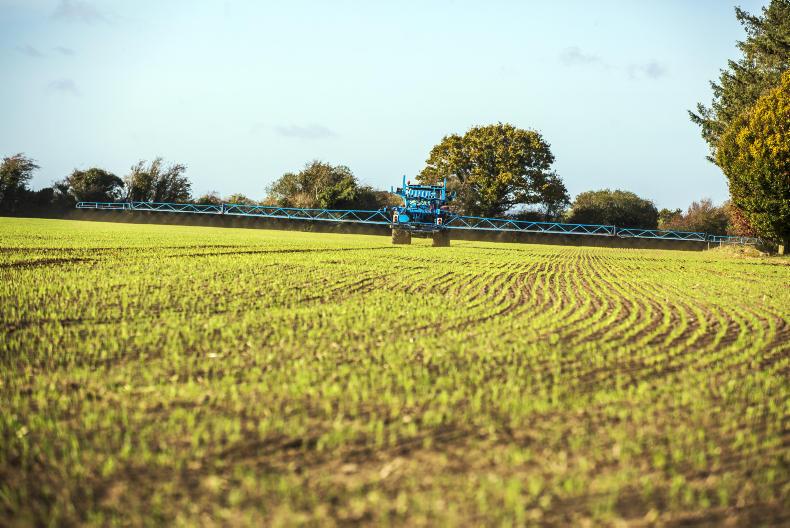Work window continues
Good ground conditions continue – what a contrast with last year. Crops have established well so let’s hope this can be translated into strong yields.
Planting now is mainly following break crops like maize, beet and potatoes. Soil temperatures will have fallen in the cold spell but they might lift again if ground stays dry. This means it will take longer for crops to establish and crows could become an even bigger problem. Crow damage will be worse in recently planted and emerged crops.
Use shooting and bangers (be respectful of neighbours) to keep them moved on. Kites are useful but they only cover small areas so you would need a number of them. Tape and thread can be very useful if they are concentrating on one area in particular. And scare crows can be useful but keep them on the move.
Strong rape
The growthy backend has left some early sown rape crops very strong for the time of year. These need some form of growth check to reduce lodging risk next year. And as we cannot depend on nature to provide this check growth regulation should be considered.
Triazole fungicides double as growth regulators on rape. These might now be considered on crops that are up to 9in tall and/or very dense. In general metconazole is the most active product with tebuconazole also able to do a good job in most instances.
Application rate influences the effect, with higher rates giving greater regulation. In general half rates provide passive regulation but high risk over-dense crops might push to between three-quarters and full rate.
Where these products are just being applied as fungicides for light leafspot or phoma, stay with half rates so as not to exert too much growth regulation.
Herbicides
Most early sown crops have already been sprayed with residual herbicides. Recently planted crops on land with brome or blackgrass problems should be sprayed pre-emerge or early post emerge.
Some sprayed winter barley crops are very pale due to the impact of the herbicides. Most herbicide combinations seem to have caused these symptoms. Perhaps lack of moisture is an additional factor this autumn. However, crops generally grow out of this but it is uncertain if it leaves a mark on crop yield potential.
If a crop seems badly affected you might consider an application of Delfan Plus to recovery. This is a nitrogen based biostimulant which is readily available to the leaves and roots. Application rate is 2-3 l/ha.
Wheat fields that do not have serious grass weed problems might be sprayed with products like Firebird, Flight, or Vigon plus Defy or DFF. Pre-emerge is the preferred timing. Firebird, Flight, Tower, and Vigon can also be used on winter barley. Most of these products cannot be used on oats.
Established wheat crops that have not received herbicides might be sprayed with products like Alister after GS13 or possibly in springtime.






 This is a subscriber-only article
This is a subscriber-only article









SHARING OPTIONS: